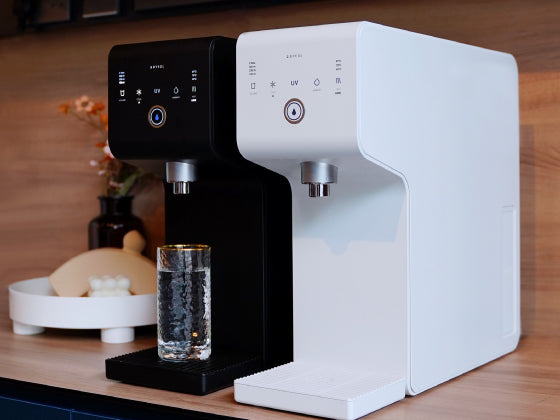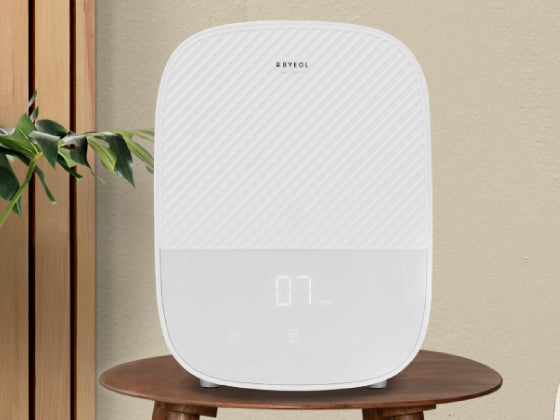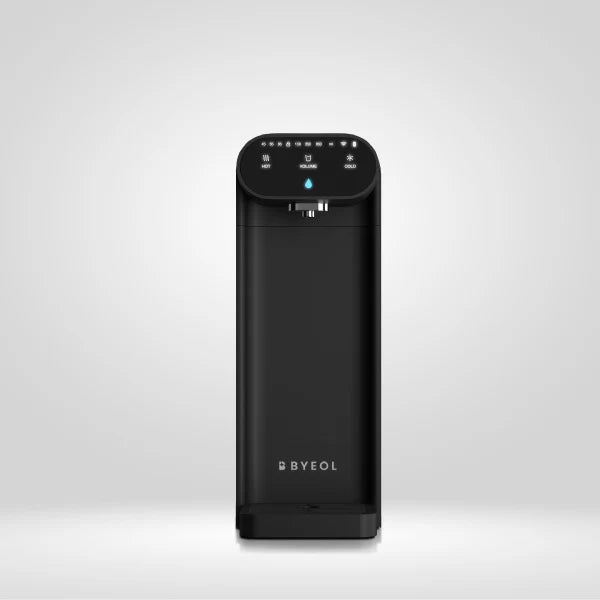Clean water is one of the most important parts of daily life, from drinking and cooking to preparing baby formula or even making a simple cup of tea. While Singapore’s tap water is safe to drink, many households still choose to install a water purifier Singapore solution to enjoy fresher, better-tasting, and healthier water.
With so many options available, from simple filter jugs to advanced tankless water dispensers, it can be difficult to decide which technology is best for your home. This guide explains the most common water filtration methods, their benefits, and how to choose the right one for your family.
Common Contaminants in Water
Even though Singapore’s tap water is treated and safe, it can still contain certain impurities by the time it reaches your home. The most common ones include:
- Chlorine – Added during water treatment to kill bacteria, but often leaves an unpleasant smell and taste.
- Heavy metals – Elements like lead and copper may leach from old pipes and cause long-term health concerns if consumed regularly.
- Bacteria and viruses – While uncommon in treated water, harmful microorganisms can sometimes enter through damaged pipes or poor storage.
- Sediments and rust – Tiny particles from ageing pipes or plumbing can affect clarity and taste.
- Chemical residues – Traces of pesticides or industrial chemicals may occasionally find their way into the water supply, especially in urban settings.
A proper filtration system removes or reduces these contaminants, making your water not only safe but also fresher and better-tasting.
Types of Water Filtration Technologies
Not all water filters work the same way. Different technologies target different contaminants, and knowing how each one works will help you choose the system that best fits your family’s needs.
Activated Carbon Filters
Activated carbon works by absorbing impurities as water passes through. It is highly effective at removing chlorine, odours, and organic compounds that affect taste, which is why it’s commonly used in many water purifier dispensers in Singapore.
Pros: Affordable, improves water taste and smell, widely available.
Cons: Does not effectively remove bacteria, dissolved salts, or heavy metals; often paired with other technologies for complete purification.
Reverse Osmosis (RO)
Reverse osmosis uses a semi-permeable membrane to filter out contaminants such as heavy metals, nitrates, and fluoride. It produces exceptionally clean water, making it one of the most effective methods available.
Pros: Thorough purification, ideal for households concerned about heavy metals or chemicals.
Cons: Can waste some water, strips away beneficial minerals, and requires more space and maintenance compared to a tankless water purifier in Singapore.
Ultraviolet (UV) Purification
UV systems disinfect water by exposing it to ultraviolet light, which kills bacteria, viruses, and other microorganisms. They don’t alter the taste of water or add chemicals, making them a safe option.
Pros: Highly effective against microorganisms, chemical-free, and eco-friendly.
Cons: Does not remove sediments, chlorine, or chemical pollutants; works best when combined with other filters such as carbon or RO.
Ion Exchange Filters
Ion exchange filters replace calcium and magnesium ions with sodium or potassium, reducing hardness and preventing limescale build-up in appliances. While Singapore’s water is not very hard, some households still use them to protect kettles, coffee machines, and pipes.
Pros: Effective in softening water and extending the life of household appliances.
Cons: Less useful in Singapore’s soft water conditions, and does not filter chemicals, bacteria, or odours.
Alkaline / Water Ionisation
Alkaline filters increase water’s pH while adding minerals such as calcium, magnesium, and potassium. Many families enjoy the smoother taste and believe alkaline water supports hydration and wellness.
Pros: Improves taste, adds essential minerals, and offers perceived health benefits.
Cons: Scientific opinions are mixed, and it does not directly remove contaminants.
Ceramic Filters
Ceramic filters work by forcing water through fine pores in a ceramic surface, physically blocking bacteria, sediments, and other impurities. They are durable and easy to clean, making them a cost-effective option.
Pros: Reusable, long-lasting, effective at removing bacteria and sediments while retaining minerals.
Cons: Cannot remove chemical contaminants or dissolved salts; often used together with other systems for complete protection.
Factors to Consider When Choosing a Filtration System
Choosing the right filter isn’t just about picking the most advanced technology. It’s about finding a system that matches your water quality, lifestyle, and budget. Here are some key factors to keep in mind:
- Water quality in your area – Even though Singapore’s tap water is safe, you may want to address specific concerns such as chlorine taste, sediments, or heavy metals from pipes. Testing your water can help you decide on the most suitable technology.
- Budget, maintenance, and space requirements – Different systems vary in cost, size, and upkeep. A tankless water purifier Singapore option may be more compact and easier to maintain, while multi-stage systems could require higher investment.
- Compatibility with household needs and appliances – Consider whether you need hot, cold, and room-temperature water from a single unit, such as a tankless water dispenser filter Singapore, or if you simply want improved taste from a small filter system.
Multi-Stage Filtration Systems
Many of the best water purifier Singapore models use a combination of technologies to cover different types of contaminants. For example, a system may combine activated carbon to remove chlorine, RO to eliminate dissolved impurities, and UV to kill bacteria. This layered approach delivers comprehensive protection, better taste, and peace of mind. The Lynx water purifier is a good example, offering multi-stage filtration with added features like self-cleaning and sterilisation, making it highly practical for Singapore
Maintenance and Upkeep of Filtration Systems
Proper care is essential to keep your water clean and your purifier working efficiently. Regular upkeep ensures filters last longer and your family continues to enjoy safe, fresh-tasting water.
Here are some key maintenance practices to follow:
- Replace filters on time – Old or clogged filters lose effectiveness and may let impurities pass through.
- Clean nozzles and water pathways – Regular cleaning prevents bacterial build-up and keeps the dispenser hygienic.
- Check filter indicators – Many modern systems come with filter indicators that remind you when replacements are due.
- Use self-cleaning features – Advanced purifiers automatically sterilise internal pathways, reducing manual effort.
- Schedule regular inspections – Even with self-maintenance features, occasional checks ensure the system runs smoothly and safely.
With these simple steps, your water purifier will stay in top condition, giving you reliable, clean water every day.
Make the Right Choice for Clean Water
Water is something we consume every day, so the quality should never be compromised. With the variety of filtration technologies available today, from carbon filters to advanced multi-stage systems, every household can find a solution that matches their needs.
For those seeking convenience, safety, and efficiency, options like the Lynx water purifier and other tankless water dispensers in Singapore provide the perfect balance of performance and practicality.
Explore the Lynx Water Purifier at BBYEOL today and bring safe, great-tasting water to your home with ease.









